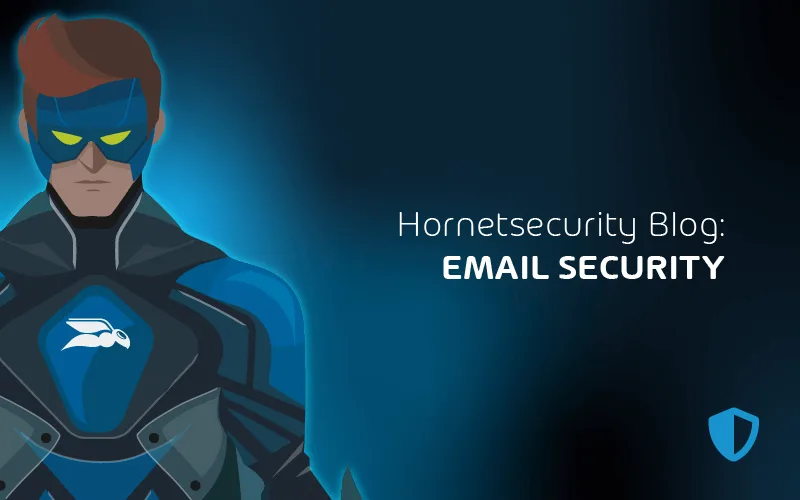The rise in ransomware within all industries is a call for real concern about what…
The pace and volume of threats targeting organizations of all sizes everywhere is increasing at…
Active exploitation of the Citrix Bleed 2 vulnerability has prompted emergency patch mandates, while Chinese…
This article will cover the key reasons why you need a proper backup strategy for…
In this article we’ll look at some real-world examples of multi-channel attacks, cover steps you…
To better understand how CISOs and IT leaders are truly experiencing and perceiving artificial intelligence…
There is no question that organizations are facing many decisions when it comes to their…
Security Operations Center (SOC) teams are under more pressure than ever - managing constant alerts,…
Enriched by AI Cyber Assistant, the new 365 Total Protection Plan 4 is the ultimate…


